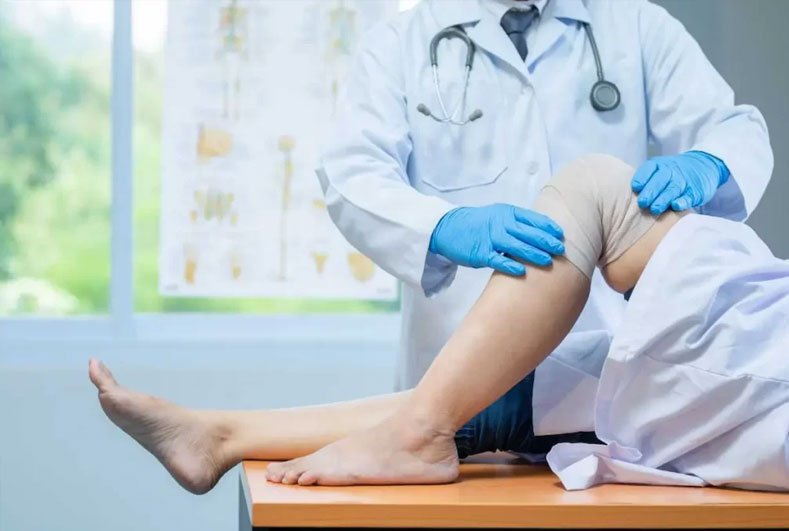Total Joint Replacement
A total joint replacement (TJR), or arthroplasty, is a surgery that replaces the damaged joint with a prosthesis, which usually consists of some combination of metal and plastic. TJR surgery is one of the foremost commonly performed elective surgeries.
Arthroscopic Surgery
Arthroscopic surgery is a minimally invasive procedure that uses a tool called an arthroscope to diagnose joint problems. An arthroscope is a long, thin camera that an orthopedic surgeon will insert into a person’s joint, most ordinarily the knee or shoulder. The camera is connected to a video monitor that permits them to ascertain the within of the joint. By making small additional incisions, the surgeon can use a variety of small, thin instruments to repair a wide range of problems. Arthroscopic surgery of the knee is the most common sort of orthopedic surgery performed. An orthopedist performs arthroscopic surgery to repair common joint injuries, like meniscus tears, ACL tears, and structure tears.
Fracture Repair Surgery
Sometimes, an orthopedic surgeon operates to repair a more severely broken bone. To stabilize the bone, they use a variety of various sorts of implants. Rods, plates, screws, and wires are examples.
Bone Grafting Surgery
In bone grafting surgery, an orthopedic surgeon uses bone from elsewhere within the body to repair and strengthen diseased or damaged bones.
Spinal Fusion
Spinal fusion is a surgery that fuses adjoining vertebrae of the spine. This procedure allows the vertebrae to heal into one, solid mass of bone. An orthopedic spine surgeon performs a fusion for a variety of back and neck problems, including injuries to the vertebrae or intervertebral discs and scoliosis.
When to see an orthopedic doctor
You should visit an orthopedic doctor if you have any of the following:
- pain or swelling during a bone, joint, or muscle that’s persistent, recurring, or doesn’t respond to home care
- a significant decrease within the mobility or range of motion of a joint, like your knee, elbow, or shoulder
- trouble performing your daily activities
- nerve-related symptoms, like numbness and tingling or a “pins and needles” sensation in your arms or legs
- an injury to a bone or joint that needs the eye of a specialist





